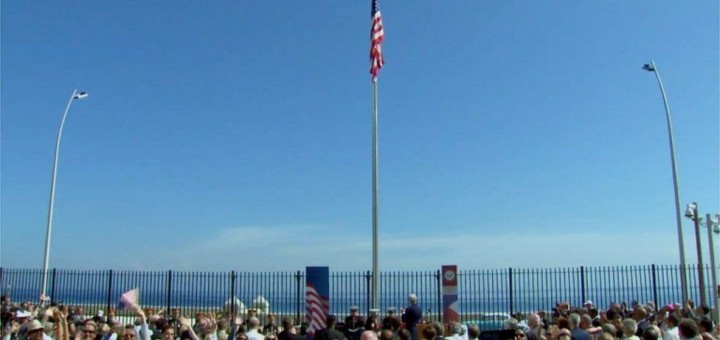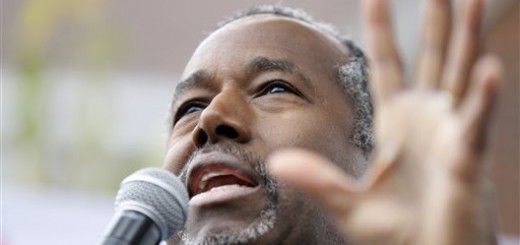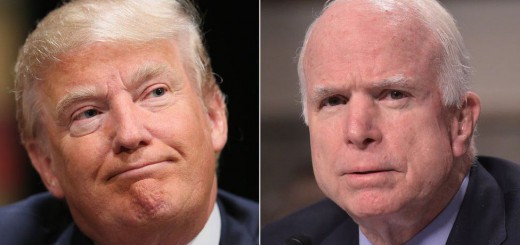 The US is preparing to reopen its embassy in Havana on Friday, more than 54 years after it was closed.
The US is preparing to reopen its embassy in Havana on Friday, more than 54 years after it was closed.
US Secretary of State John Kerry will attend a ceremony in the Cuban capital that will signal the warming of ties between both countries.
Cuba reopened its embassy in Washington last month.
Earlier, former Cuban leader Fidel Castro wrote an open letter in which he said the US owed Cuba millions of dollars because of its trade embargo.
The embargo, imposed 53 years ago, has yet to be lifted. Mr Castro’s letter makes no mention of the reopening of the US embassy.
Historic visit
 Three marines who lowered the American flag for the last time on 4 January 1961 will raise it again during Friday’s ceremony in Havana.
Three marines who lowered the American flag for the last time on 4 January 1961 will raise it again during Friday’s ceremony in Havana.
They are now retired and in their late 70s.
“I’m gonna love seeing that flag go back up,” said former marine Jim Tracy, 78, in a US State Department video.
Cuban Foreign Minister Bruno Rodriguez (left) and John Kerry have vowed to continue working to improve relations
When he landed in Havana on Friday morning, Mr Kerry became the first US Secretary of State to visit Cuba in 70 years.
Cuban leader Raul Castro and US President Barack Obama agreed to restore ties in December last year.
While trade and travel restrictions have been relaxed, the Republican-led US Congress has not lifted the trade embargo the US imposed on the communist-run island in 1960.
Cuba says the embargo – which it calls a blockade – is hugely damaging to its economy.
It says relations will be fully restored only once it is lifted.
Fidel Castro’s letter was published in state newspaper Granma to mark his 89th birthday.
Fidel Castro: Cuba’s revolutionary leader
- Castro survived over 600 assassination attempts to become the longest serving non-royal leader of the 20th Century
- In 1959 he took power in the Cuban Revolution after several years of guerrilla warfare in the mountains
- The CIA sponsored an unsuccessful invasion by 1,500 Cuban exiles at the Bay of Pigs in 1961. Castro took personal charge of the defensive operation
- In 1962 the Cuban Missile Crisis brought the world to the brink of nuclear war
- 125,000 Cubans emigrated to the US in the Mariel Boatlift in 1980
- In 2008 Castro stepped down from power and handed over the reins to his younger brother Raul.
How did Fidel Castro keep a grip on power for so long?[2]
Venezuelan and Bolivian Presidents Nicolas Maduro (left) and Evo Morales (centre) visited Fidel Castro in Cuba on his birthday
In it, Mr Castro said Cuba was committed to “good will and peace in our hemisphere” but added: “We will never stop fighting for the peace and welfare of all human beings, regardless of the colour of their skin and which country they come from.”
Fidel Castro led his country from the Cuban Revolution, in 1959, until 2006, when he stood down because of undisclosed health problems.
He passed on power to his younger brother, Raul, who embarked on a number of economic reforms.
References
- ^ Latin America & Caribbean (www.bbc.co.uk)
- ^ How did Fidel Castro keep a grip on power for so long? (www.bbc.co.uk)
Source : BBC














Recent Comments